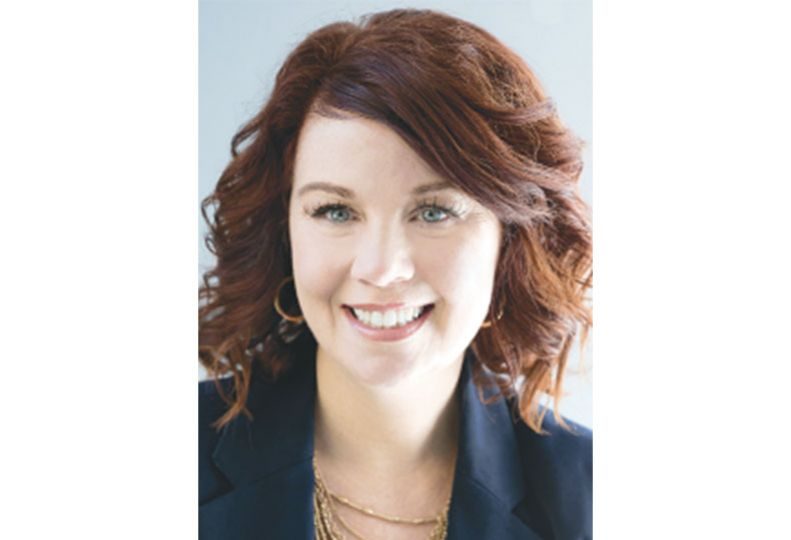
Home » Employers should build strong culture, then question it
Employers should build strong culture, then question it
Healthy workplace values attract, retain employees

June 22, 2023
If you take a look at just about any list of the top qualities sought by job candidates and the qualities employees value in an organization, you will find that the majority of those qualities are demonstrated in highly functioning organizational cultures. In other words, a healthy culture is much of what attracts job seekers and reinforces existing employees’ desire to continue working for an organization.
According to a November 2022 survey conducted by Employ Inc., the top five motivations for employees seeking a new role include:
·Getting more money—34.4%.
·Ability to work remotely—21.3%.
·Career advancement—12.6%.
·Unemployment or fear of becoming unemployed—9.6%.
·Leaving a bad manager or bad company culture—8.5%.
Reasons employees stay include learning and career development, work-life balance, integrity, sense of purpose, and fantastic culture.
Culture is a term used to define the customs, achievements, values, norms, and general beliefs of a certain group of individuals. Organizational culture, therefore, defines the environment for everything that happens within a company. It’s the spoken and unspoken behaviors and mindsets that define how your business functions on a day-to-day basis. It also codifies what it’s like for employees to work there.
Organizational culture includes the mission and objectives along with values, leadership and employee expectations, structured performance management, and overall engagement levels. By building a strong culture, businesses can provide consistency and direction, guide decisions and actions, fuel the workforce, and help reach their potential.
This is no small definition, and building and maintaining a healthy internal work environment takes not just vision but vigilance.
Developing and maintaining a strong organizational culture is a complex process—one on which volumes have been written, and I would be remiss in trying to capture it in a few thousand words. Highlighted below are a few key areas to examine. These aspects of culture warrant regular, objective evaluation and adjustment.
Vision and authenticity: Sadly, in many organizations, the mission or vision statement is simply something that hangs on a wall in a conference room. A strong internal environment is one in which the mission and values are a part of daily discussions, guiding principles that aid not just on a philosophical level but are used in practical decision-making as well.
Leaders are responsible for integrating these values into their daily work and modeling them in their actions. Another key demonstration of commitment to the mission is the cohesion between the company’s stated values and how they show up in the community.
Psychological safety: Do your team members feel safe? What does psychological safety really mean? Psychological safety is the belief that you won’t be punished or humiliated for speaking up with ideas, questions, concerns, or mistakes. At work, it’s a shared expectation held by members of a team that teammates will not embarrass, reject, or punish others for sharing ideas, taking risks, or soliciting feedback, according to the Center for Creative Leadership.
Do employees trust that they can go to their supervisor or manager and share a concern or an idea or admit to a mistake? Do they feel that they are truly a part of the team or the organization?
Examine your organization’s practices in and around diversity, equity, and inclusion. Are you doing all you can to create an environment where everyone feels valued and works to bring team members together?
Flexibility: What are your policies around hybrid or remote options as well as general flexibility in scheduling? Within reason, are employees trusted to manage their workload on their terms? Are employees with varying life circumstances given equitable allowances for flexibility? For example, are employees caring for aging parents afforded the same grace as those with school-aged children? Are varying approaches to tasks and projects not only accepted but encouraged?
Consider the relationship between autonomy and trust in examining this aspect of culture.
According to greatplacetowork.com, “When employees feel trusted and can have a healthy work-life balance, they’ll be more engaged, more productive, and less likely to quit.”
High-trust organizations tend to offer a much greater level of flexibility, and they reap the rewards.
Growth and professional development: Growth opportunities are highly sought after and prized in today’s workplace. Does your organization have built-in internal structures that foster a learning culture, such as tuition or certificate fee reimbursement? From a leadership perspective, have you created an environment in which employees feel comfortable asking about growth opportunities within the organization whether on their current team or outside of the team?
Leadership should set the tone for this. Whether delivered internally or sought externally, organizations will want to invest in leadership development and not make the assumption that a title change will deliver leadership skills.
Offering growth opportunities demonstrates to team members that they are valued, and employees who feel valued are more likely to stay with the organization.
Conclusion: Organizational psychologist and Wharton School of the University of Pennsylvania professor Adam Grant recently spoke at the Association for Talent Development’s 2023 conference. One powerful line he delivered was, “Honesty is the highest form of loyalty.” As critical as investing in the key elements of culture is, it is equally important that we structure regular, honest, objective evaluation of our internal cultures and adjust accordingly.
Recent research shows the large degree to which employees’ lives outside of work are positively impacted by healthy experiences within the work environment. A vital, productive culture feeds every aspect of the organization from the individual to the bottom line.
Latest News



